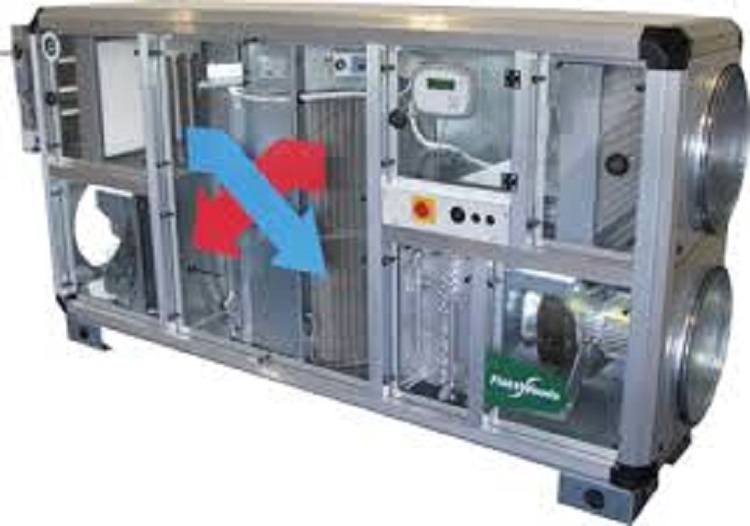As a heat recovery system just augments an existing ventilation system, some people wonder why some industries and households have bothered to have them installed. The reason though is twofold. Firstly a heat recovery system can cause there to be less emissions than there would be from a ventilation system without one installed. Secondly the installation of a heat recovery system can reduce energy costs by as much as 20%.
Heat Loss and Ventilation
When using fossil fuels for heating purposes or in industrial use, the fumes can create a health hazard and so adequate ventilation has to be ensured but 80% of the heat generated by those fossil fuels can be lost through the ventilation system. As a heat recovery system will extract the heat from the ventilation system and use it for heating purposes of its own, less heat is lost and less energy is used as the otherwise wasted energy also is used. Probably the leading provider of heat recovery systems is Exodraft who have installed the systems in over 40 countries and they claim that most of their customers have recouped the cost of the system and its installation in the first 2 years of it being installed. This makes the system both cost effective and efficient in reducing both heating costs and reducing harmful emissions.
Global Warming
Today everyone is talking about global warming and many people believe that the burning of fossil fuels to create heat or energy is the main cause for the warming. This means that many governments are now introducing stricter regulations regarding emissions and relevant industries will have to adapt their practices in order to comply with those regulations. This means an industry may decide to switch to renewable energy but as those are still relatively new, they can be very expensive. Other industries have changed their whole heating and or ventilation systems to ones which are more efficient. This too can also be very expensive and so the more savvy industries are installing heat recovery systems to their existing ventilation systems and in doing so, not only meet the new requirements but also make savings in their overall energy costs.
Space and Disruption
As space is often a problem in some industries as well as any disruptions in production, the replacing of an existing system can be even more costly than just the systems price tag but as the heat recovery systems have been designed to work with existing ventilation systems, disruption is kept to a minimum and usually existing spaces are found for the heat transfer units and other parts, such as in existing ceiling voids. Maintenance of a heat recovery system is also minimal and so that too causes little if any disruptions.
Compatibility
Today there are heat recovery systems which have been designed for use with almost every existing ventilation system used in industry and even ones which are compatible for home ventilation systems and so the system provider will be able to decide which one is appropriate for your particular use. Many of these providers will also allow for the ordering of an additional heat transfer unit for use when one is being cleaned and that too can help eliminate disruptions in production.
Conclusion
In answer to the question then “Why a heat recovery system should be installed”, the answer is simple and it is because it can enable a company or household to save on energy costs and at the same time, reduce harmful emissions into the atmosphere which are supposedly causing global warming. Eventually of course, renewable energies may become cheaper and then heating systems can be replaced but to replace them now whilst costs are still so high, does not make financial sense, not for the shorter term at least.
